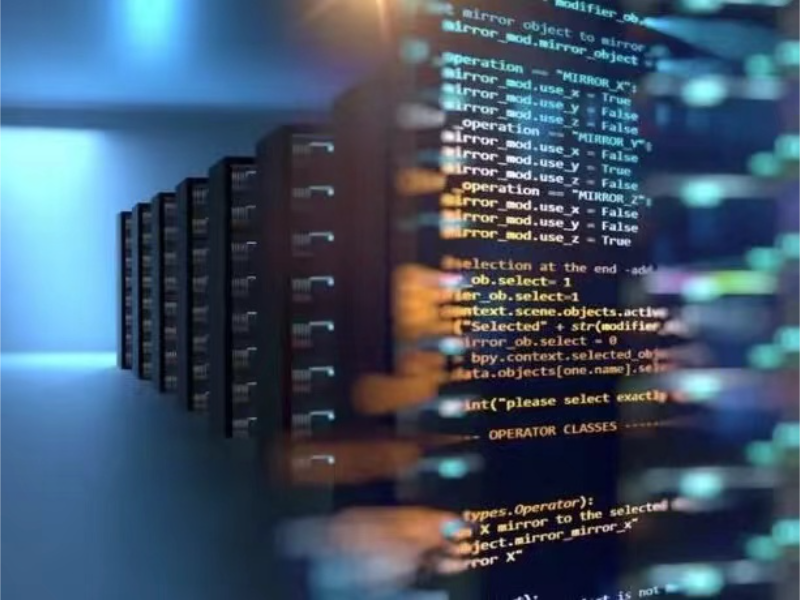- Firmware is the specialised software embedded within hardware devices, providing essential instructions for their basic operations and ensuring smooth functionality.
- It exists in various forms, from low-level firmware that is intrinsic to the hardware to high-level firmware that allows for updates and more complex operations.
Firmware acts as the foundational software within hardware, enabling devices to perform their core functions and manage critical operations such as booting up and input/output processes. It is a specialised form of software that is not typically visible to users, yet it is crucial for the proper functioning and security of hardware devices.
What is firmware
Firmware is the silent guardian of hardware devices, a specialised form of software that is embedded directly into the hardware’s memory. Unlike the software applications that we interact with daily, firmware is not visible to the end-user and is responsible for the fundamental operations of a device, such as booting up, communicating with other devices, and handling basic input/output tasks. It is the essential microcode that enables hardware to function smoothly and efficiently.
Hardware manufacturers regularly release firmware updates to ensure devices remain secure and compatible with new media. These updates can enhance performance, add new features, and protect against security threats. For instance, devices like smartphones, game consoles, and televisions receive firmware updates that are typically installed by accepting prompts to download and install the latest patch.
Also read: What is router firmware and what are its functions?
Types of firmware
Firmware exists in various forms, each serving a specific purpose within the hardware ecosystem. There are typically three levels of firmware:
1.Low-level firmware: Stored in non-volatile memory chips like ROM and OTP memory, this type of firmware is intrinsic to the hardware and cannot be rewritten or updated. It is the foundational layer that ensures the device’s basic functions are operational.
2.High-level firmware: Found in flash memory chips, this firmware allows for more complex instructions and can be updated. It is responsible for more advanced operations within the device.
3.Subsystems: These are firmware components within semi-independent devices that are part of a larger system, such as CPUs, flash chips, and LCD units.
Also read: What is firmware engineering and what are its applications?
Examples of firmware
From the moment a device is powered on, firmware is responsible for initialising the hardware, managing the boot process, and facilitating communication between different components. Common examples of firmware include:
BIOS (Basic Input/Output System): A critical component of computers since the early days, BIOS is responsible for booting up the device and checking its hardware components for proper function. It also manages the boot sequence and connects to the bootloader program to load the operating system.
EFI (Extensible Firmware Interface): A modern replacement for BIOS, EFI offers enhanced security features and is used in new computers. It ensures that only trusted software can boot on the device, providing additional cybersecurity benefits.

